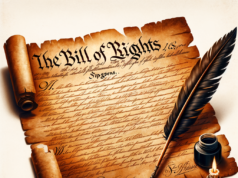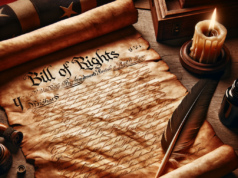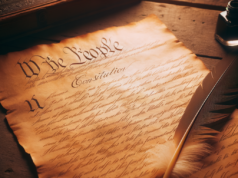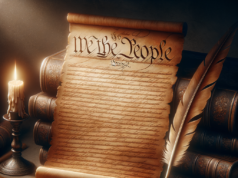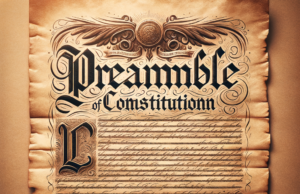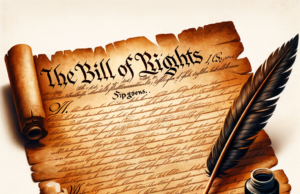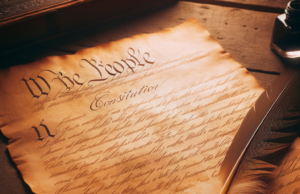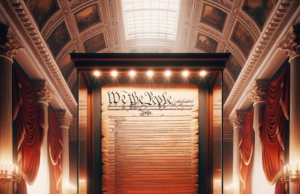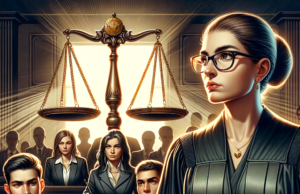Table of Contents
- 1 Understanding the Historical Context of Civil Rights Protections in America
- 2 Current Trends: Analyzing the Erosion of Civil Rights Protections Today
- 3 Key Factors Contributing to the Decline of Civil Rights Safeguards
- 4 The Impact of Legislative Changes on Civil Rights Protections Nationwide
- 5 Case Studies: Real-World Examples of Eroded Civil Rights Protections
- 6 The Path Forward: Strategies to Rebuild and Strengthen Civil Rights Protections
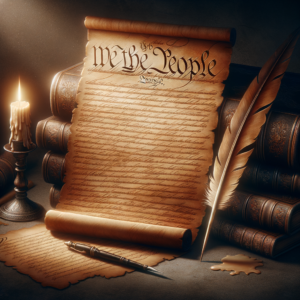
In recent years, the landscape of civil rights protections in the United States has come under increasing scrutiny, revealing a troubling trend of erosion that threatens the very fabric of equality and justice. As various groups advocate for their rights, the response from legislative bodies and the judiciary has raised concerns about the future of civil liberties. This article aims to explore the historical context of civil rights protections, analyze current trends, identify key factors contributing to their decline, and propose strategies for rebuilding these essential safeguards.
Understanding the Historical Context of Civil Rights Protections in America
The struggle for civil rights in America has a rich and tumultuous history, marked by significant milestones such as the abolition of slavery, the Civil Rights Movement of the 1960s, and the enactment of landmark legislation like the Civil Rights Act of 1964 and the Voting Rights Act of 1965. These laws were designed to dismantle systemic discrimination and ensure equal protection under the law for all citizens, regardless of race, gender, or creed. However, the journey toward equality has been fraught with setbacks, as societal attitudes and political climates have shifted over the decades. Understanding this historical context is crucial to recognizing the fragility of the protections that have been hard-won and the ongoing battles that continue to shape civil rights in America today.
Current Trends: Analyzing the Erosion of Civil Rights Protections Today
In recent years, there has been a noticeable decline in civil rights protections across various domains, including voting rights, LGBTQ+ rights, and protections against discrimination based on race and gender. Legislative measures such as voter ID laws, gerrymandering, and restrictions on mail-in voting have disproportionately affected marginalized communities, raising alarms about the integrity of the democratic process. Additionally, Supreme Court rulings have rolled back protections for affirmative action and reproductive rights, further exacerbating the challenges faced by vulnerable populations. These trends indicate a systematic erosion of civil rights that threatens to undermine decades of progress and foster an environment of inequality and division.
Key Factors Contributing to the Decline of Civil Rights Safeguards
Several key factors contribute to the decline of civil rights protections in the United States today. Political polarization has intensified, with partisan divides often dictating the discourse around civil rights issues. This has led to the rise of populist movements that prioritize a narrow interpretation of individual rights, often at the expense of collective protections. Additionally, the influence of money in politics has allowed special interest groups to shape legislation and judicial appointments, resulting in policies that favor the privileged over the marginalized. The rise of misinformation and social media has also played a role in distorting public perceptions of civil rights issues, complicating efforts to advocate for meaningful change.
The Impact of Legislative Changes on Civil Rights Protections Nationwide
Legislative changes at both the state and federal levels have had profound implications for civil rights protections across the nation. For instance, the repeal of key provisions of the Voting Rights Act in 2013 by the Supreme Court has led to a surge in state-level laws that restrict access to the ballot, particularly for communities of color. Similarly, recent legislation targeting transgender individuals’ rights has sparked national debates about the rights of LGBTQ+ individuals, often resulting in discriminatory practices being codified into law. These legislative shifts not only reflect a broader societal trend but also create a ripple effect that undermines the foundational principles of equality and justice that civil rights protections were designed to uphold.
Case Studies: Real-World Examples of Eroded Civil Rights Protections
Several case studies illustrate the real-world implications of eroded civil rights protections. In Georgia, the implementation of stringent voter ID laws and the closure of polling places in predominantly Black neighborhoods have raised concerns about voter suppression. In Texas, recent legislation has restricted access to abortion services, significantly impacting women’s reproductive rights and health care access. Additionally, the ongoing legal battles over the rights of transgender athletes in various states highlight the challenges faced by LGBTQ+ individuals in asserting their rights in the face of discriminatory policies. These examples underscore the urgent need for vigilance and advocacy to protect civil rights in an increasingly hostile environment.
The Path Forward: Strategies to Rebuild and Strengthen Civil Rights Protections
To counter the erosion of civil rights protections, a multifaceted approach is essential. Advocacy groups must mobilize grassroots efforts to raise awareness and educate the public about the importance of civil rights. Legislative reforms aimed at restoring and expanding protections, such as the John Lewis Voting Rights Advancement Act, should be prioritized. Additionally, fostering coalitions among diverse communities can amplify voices and create a united front against discrimination. Finally, engaging in strategic litigation to challenge unjust laws and policies in the courts is crucial for safeguarding civil rights. By employing these strategies, advocates can work towards rebuilding and strengthening the civil rights protections that are vital for a just and equitable society.
The erosion of civil rights protections in America is a pressing issue that demands immediate attention and action. As history has shown, the fight for equality is ongoing, and the stakes have never been higher. By understanding the historical context, recognizing current trends, and implementing effective strategies, society can work towards a future where civil rights are not only preserved but strengthened for generations to come. The commitment to justice and equality must remain unwavering, as the legacy of civil rights is a testament to the enduring pursuit of a more perfect union.






